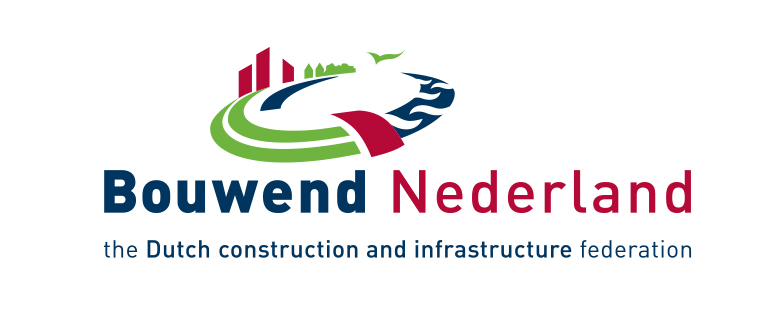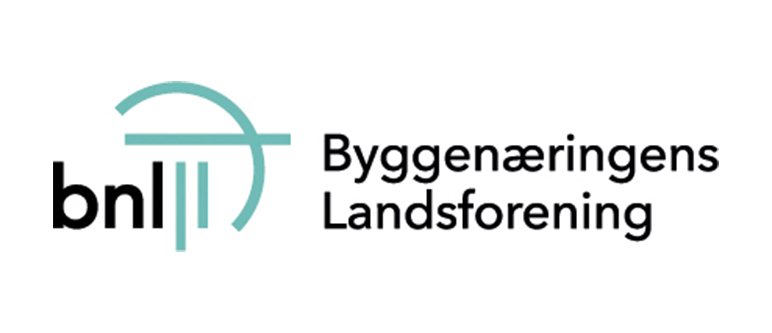Overall construction activity
In 2019, the Latvian GDP continued to grow and reached a rate of 2.1% (in 2018, GDP increased 4.6%). The overall construction volume in 2019 continued to increase. The gross value added of the construction industry in 2019 was around €1.85 billion, which represents7% of the total economy’s gross value added. Growth was fueled by both Latvia’s economic development and EU funded projects. The total population in Latvia declined by 0.6% compared to the previous year and was estimated at 1.9 million people. In parallel, the economically active population continued to decline. The unemployment rate is the lowest for the past 10 years. Therefore, companies in Latvia more often encounter labour shortages. In 2019, the construction industry’s total employment was 72,000, including 65,000 employed workers and 7,000 self-employed workers. In November 2019, the General Agreement of the Construction Industry (herein after – General Agreement) entered into force, setting a sectoral minimum wage. The minimum wage set by the General Agreement is €780 (€819 for qualified workers), which is 81% higher than the statutory minimum wage in Latvia. The General Agreement is an industry-driven initiative and the first general agreement in the private sector in Latvia. The effective implementation of the General Agreement is expected to significantly reduce the shadow economy, help to keep qualified workers in the country and create common decent working conditions in the entire industry.
Housebuilding
The construction of residential buildings accounts for around 14% of total construction output. Growth in this segment is mainly fostered by the accessibility of mortgage loans. Regarding the lending trends, credit volume has fallen to its lowest level in the post-crisis period. The banks’ credit policies are more cautious than in previous years due to strict anti-money laundering rules which were recently implemented.
GDP 2019
BILLION
POPULATION 2019
Total investment in construction in 2019
BILLION
Non-residential construction
Construction of non-residential buildings (offices, hotels, factories, schools, hospitals etc.) contributes to around 45% of the total construction activity. Growth in this segment is mainly linked to the 0% income tax on reinvested earnings adopted in 2018.
Civil engineering
Civil engineering (roads, streets, bridges, ports etc.) accounts for around 42% of the industry’s activities. It is substantially influenced by public procurement and the availability of EU funds. Considering that the funding period of 2014 – 2020 is coming to an end, the cessation of EU funding might have a negative impact on construction activity.
| Per cent variation of investment in real terms on previous year | |||||||
| investment Mln. € fixed prices | |||||||
| Sectors | 2019a | 2016 | 2017 | 2018 | 2019a | 2020b | |
| 1. | Building | 1,232 | -2.5 | 12.1 | 19.9 | 9.7 | NA |
| 1.1. Housebuilding | 287 | 2.1 | -10.1 | 32.2 | 6.0 | NA | |
| 1.1.1. New | 174 | 10.6 | 13.7 | 3.6 | 7.1 | NA | |
| 1.1.2. R&M | 113 | -8.6 | -46.6 | 126.0 | 4.3 | NA | |
| 1.2. Non residential (c) | 945 | -4.1 | 20.5 | 16.4 | 10.8 | NA | |
| 1.2.1. Private | NA | NA | NA | NA | NA | NA | |
| 1.2.2. Public | NA | NA | NA | NA | NA | NA | |
| 2. | Civil Engineering | 883 | -33.1 | 30.8 | 21.9 | -6.5 | NA |
| (1 + 2) | Total Construction | 2,116 | -18.1 | 19.9 | 20.8 | 2.3 | NA |
| a: estimate - b: forecast - c: incl. R&M | |||||||
| Number of building permits in residential construction | |||||||
| 2016 | 2017 | 2018 | 2019a | 2020b | |||
| single dwelling | 1,329 | 1,948 | 1,925 | 2,100 | NA | ||
| collective dwelling | 1,239 | 1,065 | 1,602 | 1,000 | NA | ||
| other types of dwelling | NA | NA | NA | NA | NA | ||
| Total | 2,568 | 3,013 | 3,527 | 3,100 | NA | ||
| (Collective dwellings and other types of buildings: in number of flats) | |||||||



































